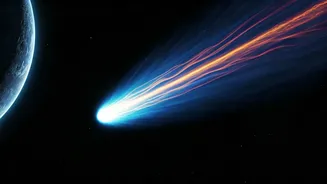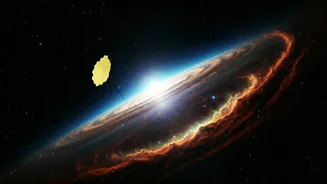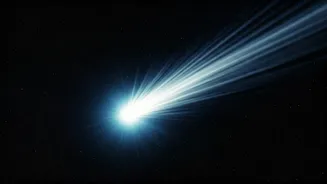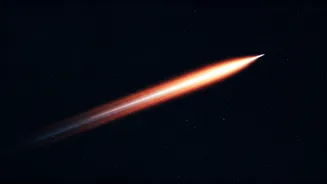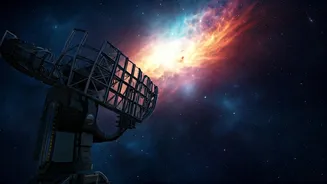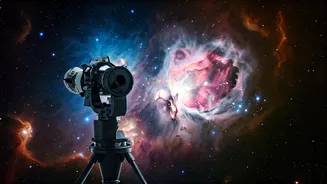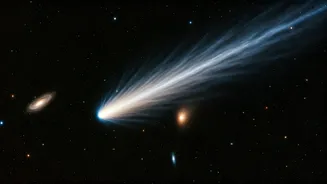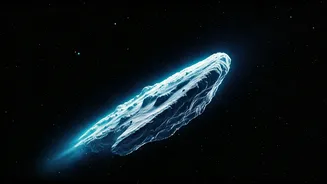Europa Clipper's Mission
The Europa Clipper mission, a project by NASA, is designed to explore Jupiter's moon Europa. The primary goal of the mission is to assess the habitability
of Europa, with a particular focus on the presence of a subsurface ocean. Scientists believe that this ocean might harbor the potential for extraterrestrial life. The spacecraft is equipped with advanced instruments to study the moon's surface, composition, and geological activity. It aims to collect detailed data, including high-resolution images, to analyze the chemical makeup and properties of Europa's icy shell and the water plumes that erupt from its surface. This data will help researchers understand Europa's internal structure and the potential for life within its ocean.
Comet 3I/ATLAS Defined
Comet 3I/ATLAS, an interstellar object, presents a unique opportunity for scientific investigation. Unlike comets originating from within our solar system, 3I/ATLAS comes from outside, making it a visitor from another star system. This characteristic makes it a valuable subject for studying the composition of material from different parts of the galaxy. When it journeys through our solar system, the comet leaves behind a trail of ionized gas, known as an ion tail, which is made up of charged particles. This tail is shaped and influenced by the solar wind, providing clues about the comet's interaction with the surrounding space. The Europa Clipper's planned passage through the ion tail of 3I/ATLAS is a rare opportunity to study the comet's properties and the nature of interstellar material.
Rare Cosmic Alignment
The predicted encounter between the Europa Clipper and the ion tail of Comet 3I/ATLAS is exceedingly rare. This event offers a chance to directly sample and analyze material from an interstellar object, providing insight into the composition and characteristics of matter from outside our solar system. The spacecraft will traverse the comet's ion tail, where it can study the charged particles and the environment. Scientists are anticipating that this encounter will yield crucial information about the composition of the interstellar material and how it interacts with the solar wind. This alignment will also offer valuable information about the comet's journey and origins. The data gathered during this event could revolutionize our understanding of the universe, offering clues about the formation of other solar systems and the potential for life beyond Earth.
Scientific Objectives Fulfilled
This cosmic encounter promises to meet a range of scientific objectives for the Europa Clipper mission. The primary goal is to directly sample the interstellar material, providing a window into the composition of a comet that originated outside our solar system. The spacecraft will analyze the comet's ion tail, detecting and measuring the different ions and particles present. These measurements will help identify the chemical elements and molecules present in the comet and how they differ from those found within our solar system. Scientists also plan to study the interaction between the comet's ion tail and the solar wind, examining how the solar wind affects the comet's trail. This will help them understand the forces that shape and influence cometary tails and the broader space environment.
Implications and Future
The scientific findings from this encounter have wide-reaching implications. The data collected could enhance our understanding of how solar systems form and evolve, including the kinds of elements and molecules that exist in other systems. It could also reveal new insights into the building blocks of planets and the conditions necessary for life. The information could also offer a more complete picture of the interstellar environment and how objects like comets move through space. It is anticipated that the data will be analyzed for years, potentially leading to new discoveries and scientific breakthroughs. This event marks a milestone for space exploration, providing a unique chance to study material from outside our solar system and to expand the scope of our knowledge about the universe.
